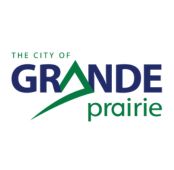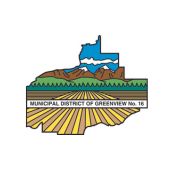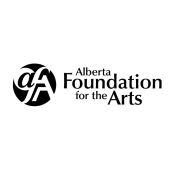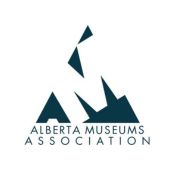Ecology Is: Human | Nature
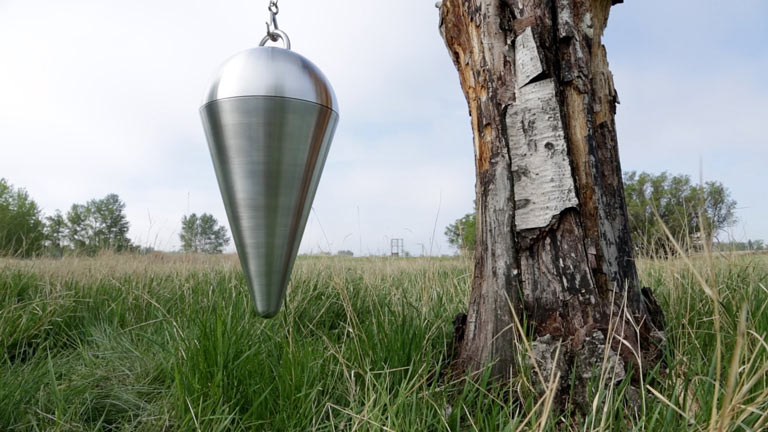
Alana Bartol, Tamara Lee-Anne Cardinal, Carley Freisen, Lyndal Osborne, Marina Roy & Clint Wilson
Ecology Is: Human | Nature
July 11, 2019 - October 31, 2019
Ecology Is: Human | Nature points out the fact that at its core, ecology is the biological need to co-exist within nature. The impact of human influence and economic development foregrounds the urgent need for a balanced conversation between industry and the environment.
Each of the artists in the exhibition relate to themes that we might appropriately call human nature, yet the separation between these two terms, ‘human’ and ‘nature’ points out how the long-term impacts on ecology welfare do not often enter the conversation when it comes to short-term economic gain. The well-being of human nature is an imperative which foregrounds the need for sound judgment and decision making when it comes to the future of our economies as they intersect with environmental crisis, global warming and the continued viability of extractive industry.
This exhibition was curated by Derrick Chang
This exhibition is brought to you by:
About The Artist
Alana Bartol investigates the social well-being of nature by viewing the land holistically as a physical body. The energy regulator of Alberta is struggling to keep up with the volume of sites added to the Orphan Well Agency each year. By humanizing these sites through the humanitarian project, the Orphan Well Adoption Agency (OWAA), Bartol creates a network of information that puts a human face on the crisis through social and politicized satire.
Tamara Lee-Anne Cardinal is an artist who works with indigenous networks of knowledge, her work with natural materials including clay, handmade paper and traditional medicines is, “a reminder of the responsibility that we all need to uphold to the land for which we live and work on, as well as to the people, plants and animals of Turtle Island.”
Carley Freisen is an artist living and working in Demmitt whose investigations into the preservation of plant species serves as a taxonomy of the native plants that flourish in this region. Creating an herbarium of ecological knowledge and data, Freissen preserves specimens that may one day disappear due to ecological devastation.
Lyndal Osborne takes a strict approach to the cataloguing of objects within her work. Accretion Tables (2001-2003) is a mixture of organic and industrial materials found within her natural surroundings. Each tray represents the life cycle of natural and manufactured objects, arranged by colour and texture allowing artificial materials hide in plain sight amongst a wonderful collection of natural history.
The large-scale installation by Marina Roy titled, Your Kingdom to Command (2016) is a 20-foot tall futuristic black pyramid made up of tar and unrefined bitumen. The mural is surrounded by taxonomy of flora and fauna represented by flesh-coloured organisms made up from the reaction of natural and synthetic pigments when they come into contact with an unrefined bitumen substrate. These spill like creatures represent the acknowledgement of global warming, tailing pond runoff and the top down pyramidal structure of capitalistic and corporate economies.
Clint Wilson frames our encounter with the natural world through the lens scientific and technological transformation. He creates an inventory of etymological specimens of butterflies, their wings are each biometrically tagged with a corporate logo of an organization involved in the marketing of forestry and biochemical products. The photographs point to the urgency to collect and record species extinction as well as the regulation of industry that leads to that environmental urgency.





